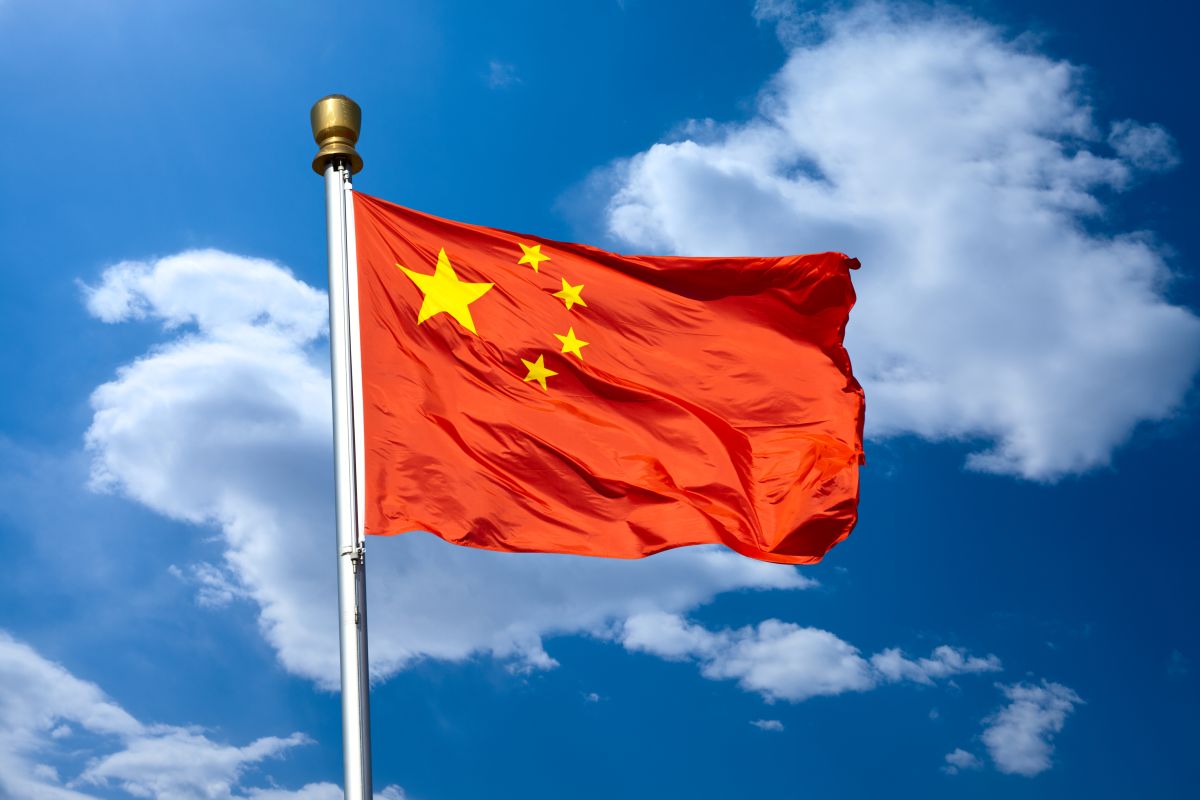China’s billions of dollars in global investments and infrastructure projects seem to be paying off politically and economically.
Just recently, Honduras signalled it is set to cut diplomatic ties with Taiwan, having been one of the few remaining countries to recognise the island as a state. This switch of allegiances would be a coup for China, which sees Taiwan as part of its jurisdiction, but also a sign of diminishing US power in Latin America, since the US is a long-time supporter of Taiwan.
Advertisement
China’s influence seems to be everywhere. Days before Chinese president Xi Jinping flew into Moscow to discuss the Ukraine war with Russia’s Vladimir Putin, China had brokered a deal between Iran and Saudi Arabia.
The high-profile deal sought to re-establish diplomatic, trade and security relations between Iran and Saudi Arabia in an effort to de-escalate tensions and bring more stability to the Middle East. The agreement transforms the nature of China’s involvement in the region from one purely driven by commercial interests into a security-related cooperation that can protect its growing assets and expatriate population in the region.
Commentators see the agreement as a positive step but wonder about the influence that Iran and Saudi Arabia can have in lessening the internal conflicts in several nearby countries. This is particularly where they support rival parties, including in Lebanon, Syria and Yemen. What the deal does highlight is the rising influence that China can exert and the waning of the US’s power over the Middle East regional order. Studies have shown that political instability in neighbouring countries negatively affects the economic performance of a nation by disrupting trade flows and increasing defence expenditures while lessening investment, for example, in education. Under such conditions, economic incentives can drive a peace-building process. Peacefully resolving conflicts benefits countries not directly entangled in the disputes.
Since the 1990s, China has gradually become the largest trade partner of the Arab region overall and the top trade partner of Saudi Arabia. China’s exports to Saudi Arabia have annually increased at 15.3 per cent year on year on average, amounting to US$905 million in 1995 and US$31.8 billion in 2020.
Meanwhile, over the same period, China’s imports from Saudi Arabia rose from US$393 million to US$33.4 billion, an average annual increase of 19.4 per cent. In 2019, China and Saudi Arabia signed 35 trade and investments deals.
Similarly, China’s exports to Iran have increased at an average 14.7 per cent annual rate from US$276 million in 1995 to US$8.51 billion in 2020. And its imports from Iran have also risen by 14.5 per cent annually between 1995 (US$197 million) and 2020 (US$5.85 billion).
By 2022, exports totalled US$9.44 billion and continued to grow exponentially in early 2023. Russia has recently overtaken China as the largest foreign investor in Iran, but China remains its largest oil customer.
China’s main exports to Saudi Arabia and Iran include broadcasting equipment, motor vehicles and air pumps. Its main imports are crude petroleum, ethylene polymers and acrylic alcohols.
In the context of the Saudi Arabia and Iran reconciliation, trade with China is likely to continue to follow such increasing trends. If benefits from the agreement spread to other countries in the region, China could also gain from economic relations with those countries as regional stability increases.
There is already some evidence of such positive spillover. After the agreement with the Saudis, Iran is ready to expand cooperation, hopes rapprochement with Bahrain will be possible, and is willing to improve relations with Jordan and the United Arab Emirates.
However it’s worth noting some commentators point out that previous efforts at reconciliation between Iran and Saudi Arabia were unsuccessful, while others question whether they will adhere to the terms of the agreement.
As well as investing in commercial and transport infrastructure to make trade easier, the objectives of China’s Belt and Road Initiative include the strengthening of its economic leadership and the improvement and creation of free trade blocks among countries along the investment route. The Iran-Saudi Arabia agreement will generate further benefits to China by boosting the initiative’s dividends. Saudi Arabia’s strategic location bordering eight countries not only provides an alternative route for energy supply to China but also makes it a vital partner for the initiative’s infrastructure investment, which deepens China’s presence in the Middle East.
Iran’s strategic position provides it with considerable seaport facilities and has the potential for the development of an air transportation hub. China has already invested in the development of a 2,000-mile-long railway from Xinjiang’s capital Urumqi to Tehran.
The agreement also brings a more subtle benefit to China. With Russia at war, China needs to ensure the continuity of its energy supply to boost economic performance and safeguard socio-political stability at home. Saudi Arabia and Iran provide a strong basis for the diversification of China’s energy options and also to pre-empt any potential move by the United States to constrain its access to the Gulf ’s resources.
Iran has the world’s fourth largest oil and second gas reserves. Saudi Arabia has the second largest oil reserves, accounting for 16.2 per cent of the world’s total. Access to such vast resources in the context of a more stable region provide China with further assurances for the future flow of the energy supplies its economic growth needs.
The Iran-Saudi initiative has the potential to address China’s energy security issues and turn China into a global maritime power and a global monetary power. All of these factors will contribute to the sustainability of China’s economic growth, and add to its status as a superpower.
(The writer is Senior Economist, IMD World Competitiveness Center, International Institute for Management Development. This article was published on www.theconversation.com)











